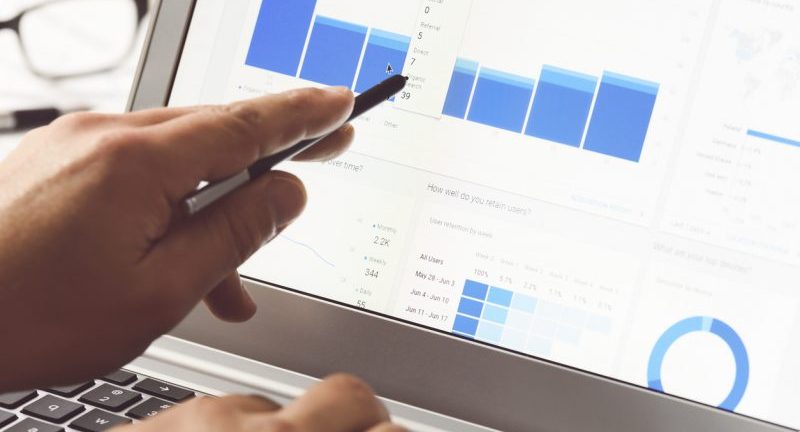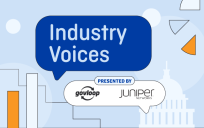The more data agencies have, the more its potential for innovation and growth may not impact people equally. To avoid leaving employees or constituents behind, agencies must make data analytics accessible to everyone.
How can agencies close this divide between the people who can and cannot analyze data? The answer is providing more unified access to analytic capabilities beyond spreadsheets and enabling processes to automate tasks like verifying data quality.
“You have to democratize access to analytics,” said Andy MacIsaac, Director of Solutions Marketing, Public Sector at Alteryx, a data analytics software provider.
MacIsaac shared three ways agencies can modernize their data management and avoid analytic divides:
1. Empower analytics for all
Often, agency leaders invest most of their analytics training and technology in data scientists. Equipping everyone with basic data analytics tools and skills, however, can dramatically improve decision-making agencywide.
“If you make more of an investment to democratize analytics across all your workers, they are going to be contributing value,” MacIsaac said.
Take financial personnel with foundational data skills and domain expertise. Once these individuals can engage with, prepare and analyze financial data for insights, their agency’s data scientists can focus on more complex projects spanning agencywide.
2. Govern data access
Data cannot inform people who cannot access it. Frequently, modernizing data analytics requires agencies to make information about their workflows, programs and results shareable across teams.
“If we can democratize access to the data and analytics, organizations are more capable of finding the gold buried in these processes,” MacIsaac said.
One way to make data more collaborative is making this information easily accessible to all relevant teams. Gradually, the agencies with data analytics can make better informed decisions improving outcomes for the people and communities they serve.
3. Apply automation
In one of America’s largest counties, a public health agency struggled with collecting and interpreting COVID-19 test results quickly and accurately due to data quality issues requiring hours of manual review.
Analytic automation made a difference. This technology unified processes across analytics workflows by analyzing data quality and format before notifying relevant parties about potential compliance issues.
Ultimately, analytic automation saved the agency five full-time equivalents (FTEs) manually reviewing data quality and notifying reporting labs about errors in this information. Reducing the amount of manual labor also accelerated the time needed to map COVID-19’s spread and address related public health challenges.
“Analytic automation gives you the ability to move beyond the spreadsheet and enable your domain experts to focus on higher value work,” MacIsaac said.
Platforms like Alteryx’s can modernize data analytics by improving collaboration while digitizing and automating workflows. Not only can these solutions close analytic divides – they can produce mission wins for agencies and quality outcomes for constituents.
Takeaway: Modernizing how agencies’ people, processes and technologies handle information democratizes data analytics and accelerates public-sector outcomes.
This article is an excerpt from GovLoop’s guide “Turning Vision Into Reality: How Agencies Can Forever Improve.” Download the full guide here.






Leave a Reply
You must be logged in to post a comment.